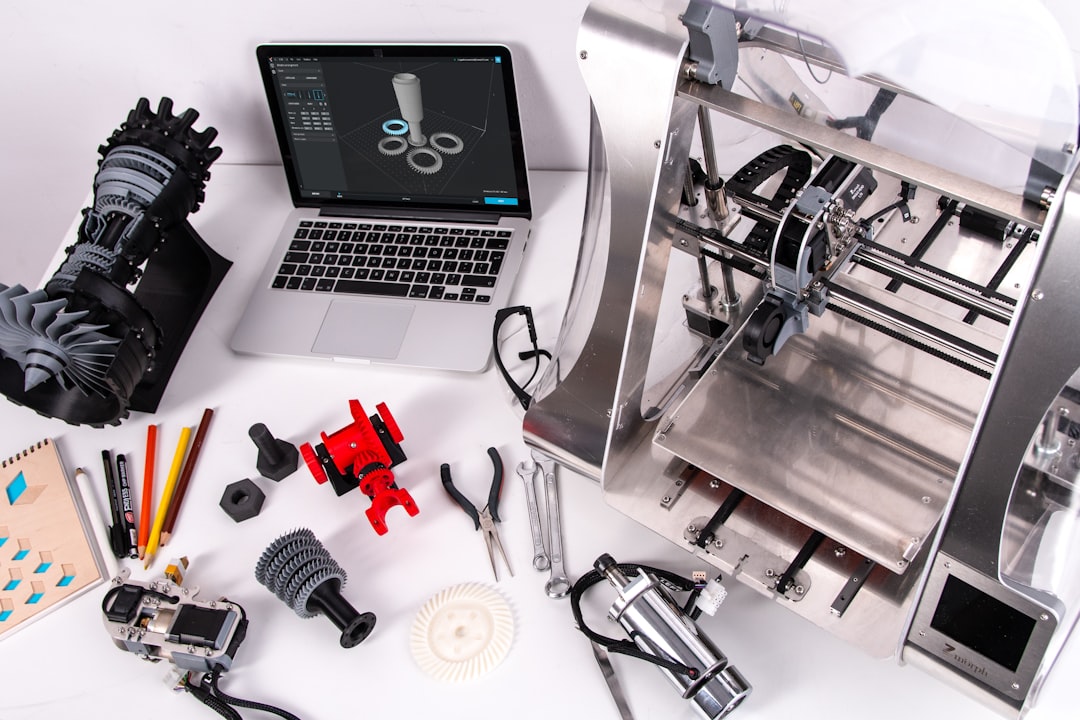What is it about?
The conception, development, and detailed design of the typical electrohydraulic actuators commonly used for aircraft flight controls require accurate and high fidelity fluid dynamics simulations to evaluate the system's behavior within its entire operating range. Unfortunately, these high fidelity simulations are generally very expensive (from a computational point of view); therefore, simplified models are often used, which are especially useful for the preliminary design and monitoring of the system health status (real-time). In this regard, this work proposes a new simplified numerical model, based on a very compact semi-empirical formulation, simulating the fluid dynamics of the servovalve. It can still evaluate several typical behaviors related to the valve drawer (e.g. flow leakage between spool and sleeve) and the operating conditions (e.g. variable supply pressure or water hammer). The behaviors of this numerical model are assessed by comparing their results with a detailed, physics-based high-fidelity model (proposed by the authors in previous work) that simulates the equipment response taking into account the drawer internal geometry, the properties of the hydraulic fluid, and the pressure-flow characteristics across all the internal passageways of the valve. The proposed model is also compared with some of the most common simplified models available in the literature for completeness.
Featured Image
Read the Original
This page is a summary of: A new simplified fluid dynamic model for digital twins of electrohydraulic servovalves, Aircraft Engineering and Aerospace Technology, July 2021, Emerald,
DOI: 10.1108/aeat-12-2020-0321.
You can read the full text:
Contributors
The following have contributed to this page










